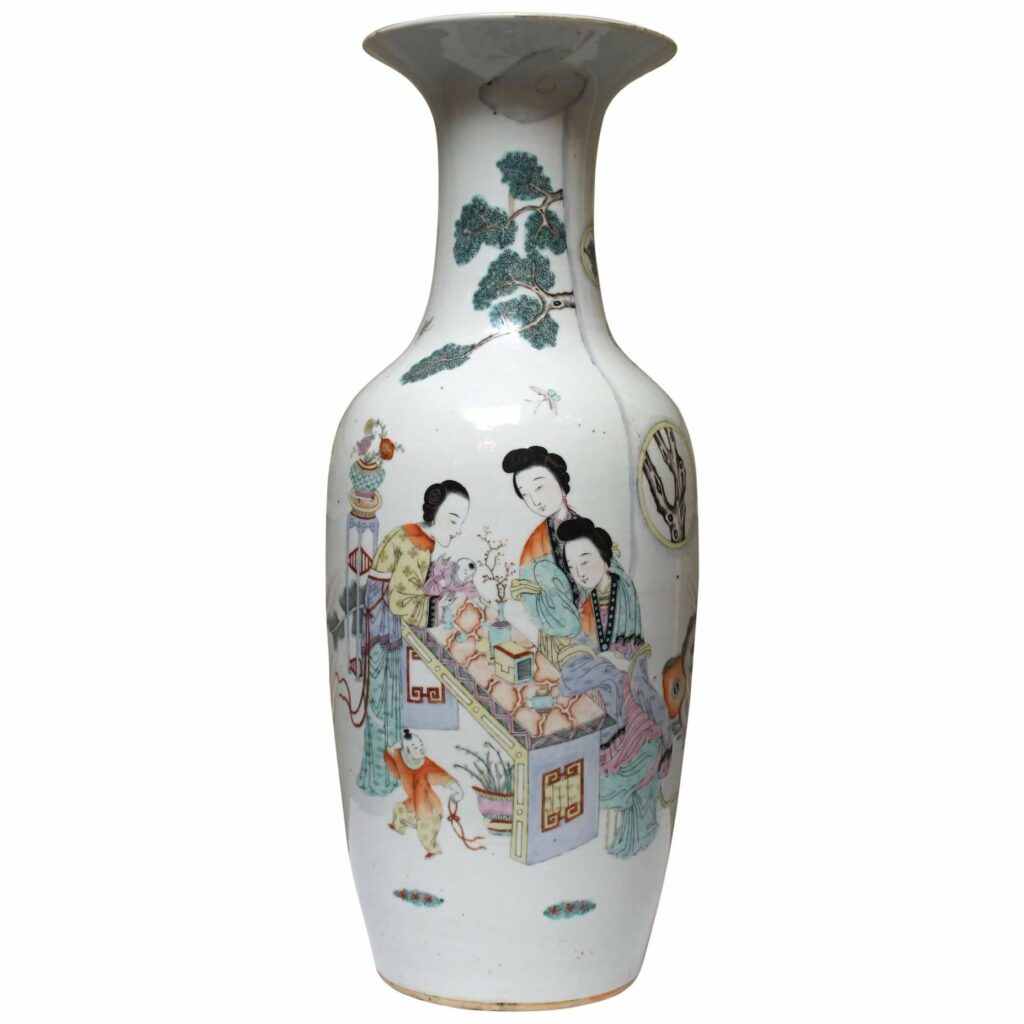When doing an observation in a Butterfly care home a few years ago, I saw an older man walking down a hallway holding a very large china vase. He was wobbling a bit and it looked as if he might fall or drop the vase. I was wondering how the team members might respond to this situation. They needed to ensure that he would be safe from falling or breaking the vase. The automatic response might be to jump in quite quickly and say, “Don’t drop that John!” “Give it to me before you fall.” In the desire to protect people, we can find ourselves being quite controlling. We intervene because we are trying to stop some kind of harm happening. What happened next gave me a clear understanding of how Butterfly workers know how to respond quite creatively to this kind of scenario. A young male team worker, Yousuf approached John with a big smile and said “Thank you so much John, for your help with carrying that vase for us. Can I take that from you now and we can go together to the dining room with it?” John immediately looked pleased that he was being thanked for being helpful and happily handed over the vase to Yousuf. I was impressed by how cleverly this team member had averted a potentially harmful situation, whilst still maintaining John’s wellbeing and sense of worth.
Later that day in the same care home, there was a woman called Margaret who was pouring tea from a tea pot all over the table. She was making quite a mess and obviously there was a risk that other people at the table might have hot tea poured over them. Again, I witnessed a wonderful ‘Butterfly’ response by the care worker at the table. She thanked Margaret for helping and discreetly changed the liquid in the tea pot to a less hot liquid to minimise the risk. She mopped up some of the mess without making too much of a fuss about it. She didn’t stop Margaret as in Margaret’s reality she was hosting a tea party. It emerged that in her past she had been involved with a voluntary group who helped served drinks and she had also been a Mayoress. She was a busy person who needed and enjoyed having a role.
The central focus of both these situations is how to keep people safe, without being overly controlling and without making the person concerned feel that they are being reprimanded for doing something wrong.
At Meaningful Care Matters, we place a strong emphasis on raising awareness of how many aspects of ‘care’ for people we support can be perceived as controlling by the person on the receiving end. This happens many times throughout the day in care homes or hospitals. We decide for someone what they are wearing or what they are eating and drinking, we place an apron round someone’s neck or move someone’s wheelchair without asking or checking first. In many of these examples, there is often a good intention to look after someone, but we forget to remember to involve and encourage choices for that person.
Yet, as the above examples illustrate, if we shift our approach creatively, we can maintain someone’s sense of independence and control, whilst also keeping them safe. Real ‘care’ needs to be empowering and enabling of a person’s self esteem and autonomy over their own life. Removing controlling features of care is one of the first stepping stones to meaningful culture change.

Consultant and Trainer
MCM

